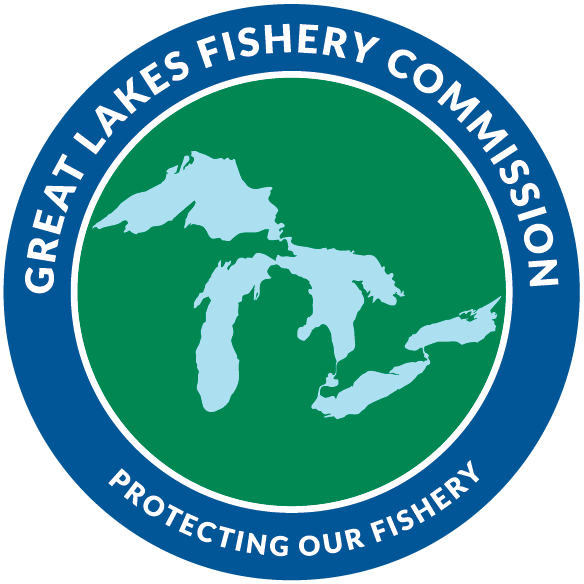Updated 2024-11-22 14:31:20
Lake Superior -> 3.0 Lake Trout -> Juvenile Lean Lake Trout Catch Rate
Reporting Interval
2017 - 2021
Area
US Waters
Meeting Target?
Meets
Indicator Trend
Downward trend
Confidence?
High
3.1.2 Average trend for geometric mean CPUE of juvenile wild lean lake trout (<450 mm) in summer gill net survey (2.0-2.5 in mesh) is stable or increasing
Recruitment is defined as the number of individuals entering a population (i.e., birth rate), and understanding recruitment is important for managing fisheries. The magnitude of lake trout recruitment is often dependent on population densities and other local factors, so the trajectory of recruitment is likely more informative than comparing to past benchmarks. Lake Superior lake trout recruitment is typically measured when fish reach about 4 years old. Several accepted biological reference points for lake trout populations assume recruitment is relatively stable and during the reporting period, the average recruitment score indicated increasing wild lean lake trout recruitment in Lake Superior but was a lower rate of change than the last reporting period.
Figure 1. Average Lake Superior wild lean lake trout recruitment scores. A positive average recruitment score indicates an increasing rate of change for lake trout recruitment across management units.
Methodology
Average rate of change for wild lean lake trout recruitment in Lake Superior was measured using a series of linear models of year and geometric mean CPE (catch-per-unit-effort) of wild lake trout (< 450 mm) from summer small-mesh surveys (2.0 and 2.5-inch meshes) within the reporting period. Lake Superior summer surveys are conducted annually or semi-annually in 16 lake trout management units by 6 state, provincial, and tribal fisheries management agencies. Each management unit received a score of 1, 0, or -1 for the reporting period based on observed positive, neutral, or negative slopes, respectively. An average lakewide score greater than or equal to zero would indicate that wild lake trout recruitment was stable or increasing during a reporting period.
Other Resources
https://www.glfc.org/pubs/SpecialPubs/Sp21_02.pdf
Contributing Author(s)
- Lake Superior Technical Committee -

